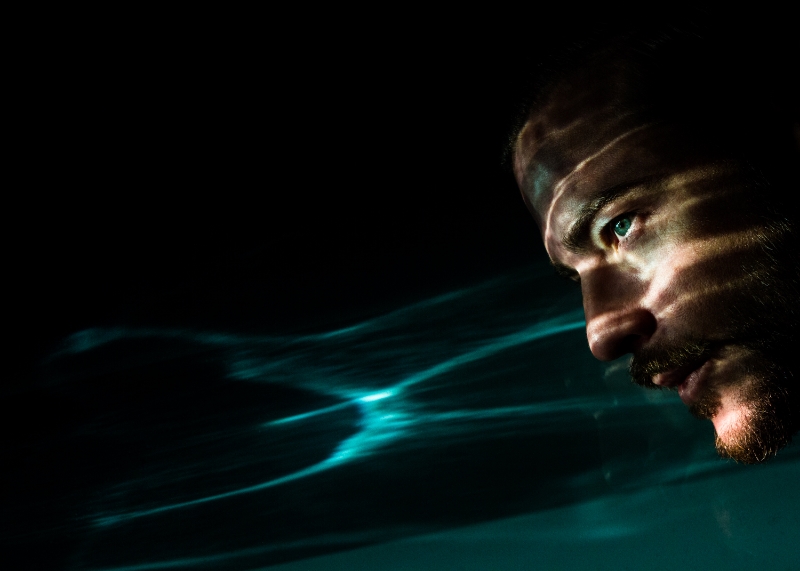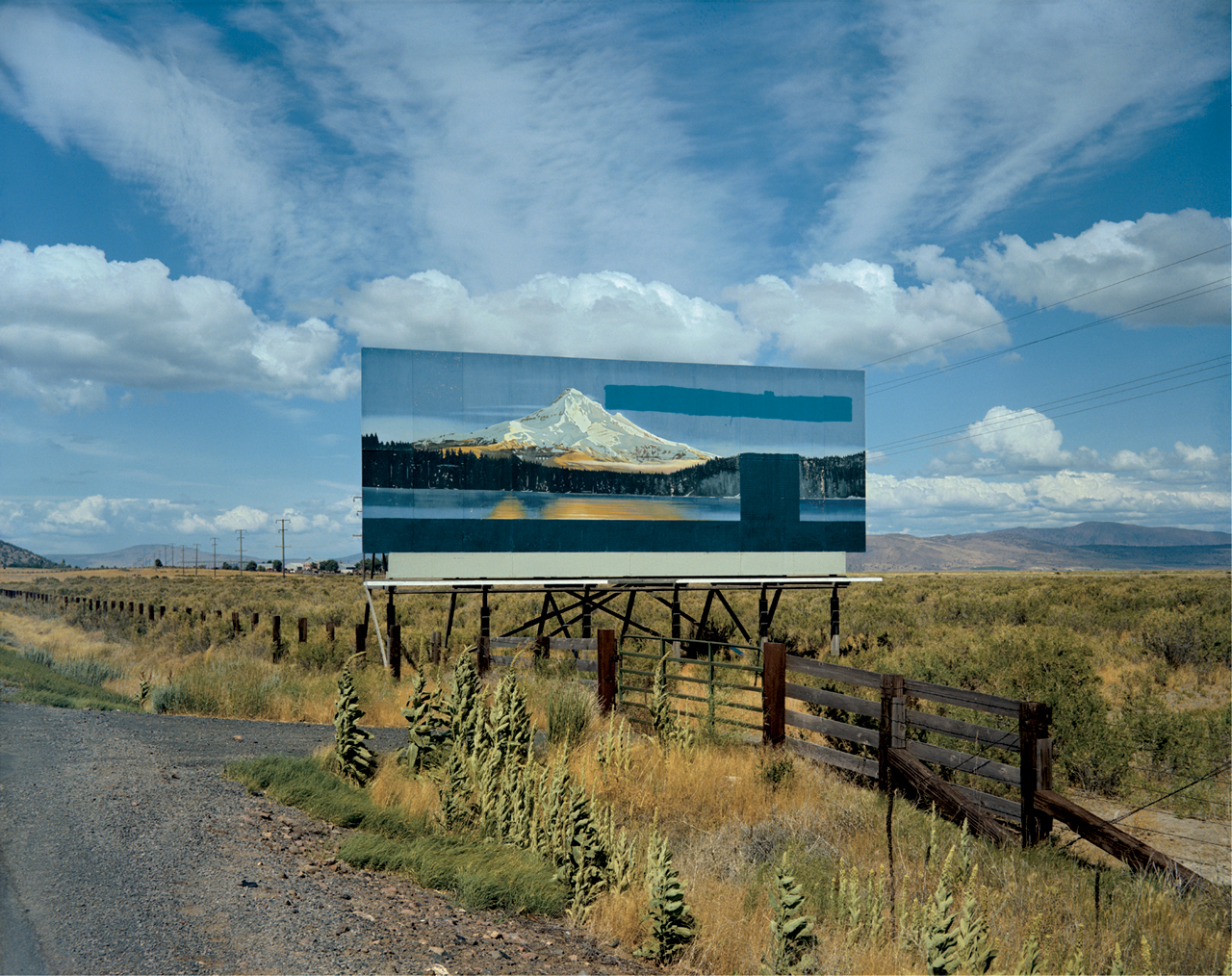An interesting interview with Thomas Demand on the nature of constructed objects within his photographs and the meanings that can take place within them.
DAVID BOWIE
Standing before David Bowie's old Berlin doorway, on Hauptstr, filled with awe and thanks over this man's life. Smiling so sincerely over the way in which he showed us that we can be whoever we want to be. That death and rebirth can continue in each of our lives, as we can break free and be, continuously.
And the world aches and longs for these brave and fearless souls who burn and bare their beings to us. Those who dare to project outwards the essential nature of who they are, to open their hearts that will forever reside inside. This artist, a shimmering light who found his way into so many people’s existence, can teach us so much. Perhaps the greatest thing I walked away with was that he showed us, time and time again, to let go of fear and be who we dream to be.
I graciously bowed to Bowie in that moment, and slowly stepped away with a love for life within this whirling world.
shadows
shadow of a self
ROAR INTERVIEW
A short while ago I had an interview with Roar.lk, regarding my five week stay in Sri Lanka, two years back, in which I shot a series of documentary projects and observational pictures, whilst travelling around this county. The interview can be read here.
25.4.2015
25.4.2015
Mitte, Berlin
The sun that briefly stretches into the kitchen, for twenty glorious minutes each afternoon, as it cascades over the rooftops to pour in as a beam of light. Friends who come and go, who stay to say words before the city whisks them away into the days of their life, and I remain to sit and smile with each spark who shines.
ART CONNECT BERLIN
Artconnect Berlin recently featured me upon their blog, on the subject of 'Light vs Darkness', which ran with one of my portraits along with some words I wrote on this topic, which appears to be an ongoing obsession of mine, for good or ill.
Darkness and light... it is the oldest story of our universe, the very first narrative ever to be born as the big bang released light and energy and matter into the dark nothingness that proceeded it. Perhaps this is why so many of us are drawn to it, as it is, in a way, also our very origin, as we go from the darkness of non-being into the light of being, and are thrust into this transient existence that makes up our life.
EyeEm WORLD TOUR
Over the last few months I have been embarking on a series of self portraits, during the quiet moments when alone in our apartment on Torstr. They have been moving into certain themes and feels, which was, in a way, born out of the 'Berlin Nights' series, which is still ongoing.
I was recently informed that one of these self portraits is going on a whirlwind tour around the world, with EyeEm, through the cities of Tokyo, San Francisco, Austin, Miami, Paris and Berlin, though unfortunately I will not be allowed to join it.
TOM WOOD
There was something delightful in watching the British photographer Tom Wood in the BBC series 'What Do Artists Do All Day?', which can be seen in two parts, here and here. It was in his energy, his movements, his constant shooting and the way his eyes rove around the surroundings seemingly devouring it all with his eyes and his lens.
Tom Wood has been shooting for over forty years in and around Britain, where his projects would roll on year after year, documenting as he does, the British working class. There's an interesting intimacy that comes out of repeated shooting over extended periods of time, born out of gaining people's trust, which shows in the many pictures he has taken.
This documentary is a pleasurable and inspiring insight into the story of a talented photographer who never gave up doing what he loved, one who continued for over forty years before he was finally given the success he has long since deserved.
ART CONNECT BERLIN
A couple of pictures from my 'berlin nights' series came up as one of the staff picks for Art Connect Berlin this week.
MAGNUM CONTACT SHEETS
I recently had the pleasure of seeing the 'Magnum Contact Sheets' exhibition at the Amerika Haus, in Berlin, which recently opened its doors once more. It consists of each generation of the Magnum photographers, beginning in the first days when it hurled this collective into our insatiable world, the likes of Henri Cartier-Bresson, Robert Capa, George Rodger, William Vandivert and David 'Chim' Seymour, in 1947. Since its birth, it lists some of the greatest twentieth century photographers as its members, many of which are shown at the exhibition, as the viewer is confronted with over a hundred contact sheets, shown beside one or two of their final, and known, pictures. Little snippets of words, of memories, or recollections from the photographer accompany each contact sheet exhibited.
At first, for me, it slightly dispelled Bresson's philosophy of 'the decisive moment', as his contact sheet revealed him moving around his subjects, snapping, looking for the right angle, snapping, sidestepping, snapping, trying to find the right position from which to take the picture from, which were many in number upon that roll of film (it was the picture of children playing in Seville, in Spain (1933), with a boy on crutches in the foreground). But the more one looked at it, and at the many others in this exhibition, one started to have the feeling of something so intimate being revealed by the photographers who were shown. It illuminated, however subtly, the thought and instinct that took place in those decisive moments leading up to that single point in time when it all happened, when it suddenly snapped together in an instant in which the picture was taken. Once this perception replaced my initial one, it became a whole other experience in which to view it all from, where it suddenly opened up other layers and thoughts in reaction to these photographs, and there were so many good ones.
A good photograph can create a kind of harmony within the frame that we look into, and can, on rare occasion, steal our breath from our exhaling lungs (harmony through form, composition, placing of people, subtext, history, meaning, metaphor, and everything else that goes with a good picture). And we know these pictures, many of them, for they have become immortalised, in a way, within the collective psyche, part of that canon of pictures that seem to resound no matter how old they are or in what country they were taken in. They can speak a sort of truth, of what it means to be human and alive and filled with hopes and fears, of horror, but of beauty, also, which can sing amidst the chaos of this earth in which we walk within. And so we search for these types of pictures, consciously or unconsciously, looking for the ones that can stop us dead, that can speak to us and say something about the human condition, of our place in this mad, mad world. It has been with us for around 32,000 years, that intrinsic need to make art, to communicate with the world outside of our selves, as was once done in the Chauvet Cave, in southern France, which contains some of the oldest images painted by humans.
And then, almost halfway through the exhibition, and bringing me, momentarily, out of my reverie and into a smile, were the words by Abbas, which were written onto the wall opposite a contact sheet of Margaret Thatcher (shot during the 1980 Conservative Party conference):
'A contact sheet reflects not only what the photographer sees and chooses to ... but also their moods, their hesitations, their failures. It is pitiless.'
EyeEm FINALIST
Out of 100,00 pictures submitted for the EyeEm photo competition, I was shortlised to the final 100, which was a pleasure to be a part of. Their full listing can be seen here.
DAIDO MORIYAMA PHOTOGRAPHY TALK
'Everyone has desires. The quality and the volume of those desires changes with age, but that desire is always serious and real. Photography is an expression of those desires.'
― daido moriyama
STEPHEN SHORE PHOTOGRAPY TALK
A short little interview with Stephen Shore, who along with William Eggleston, pushed colour photography into our visual language as an accepted form of expression - Eggleston was experimenting with color in 1965 and 1966 whilst for Shore it was in 1972.
Here, Shore talks briefly about how he got into photography, of shooting in Andy Warhol's factory, as this film's director, Heidi Hartwig, aims to 'dispel the mystery of the man behind the mythology'. And all in four minutes.
PHILLIP-LORCA DICORCIA PHOTOGRAPY TALK
The photographer Phillip-Lorca diCorcia talks about this work through pictures, throughout the years of 1975-2012, and his various projects shot during that time.
JEFF WALL TALK
“My work is a reconstruction and reconstruction is a philosophical activity. If I can create a drama that has philosophical meaning, that’s fine, or sometimes, it is not from meaning but a reconstruction of a feeling. It is best to capture in a photograph a feeling, an emotion, a look, a memory, a perception or a relationship.”
- Jeff Wall
An interesting interview with Jeff Wall, as he talks about the construction of his photographs, of their size, their magnitude, and how he envisions them.
INSIDE OUT: THE PEOPLE'S ART PROJECT
'In 2011, French street artist JR announced his TED Prize winning wish to connect people worldwide through a collaborative artistic action. He launched INSIDE OUT, inspiring thousands of people — from South Dakota to Iran — to collectively transform their personal identities into public artwork. From Moscow to Tunisia, citizens have turned more than 120,000 digital portraits into bold posters covering everything from city walls to trains.'
- TED
THE AFRONAUTS
The highlight for me at this year's Deutsche Borse Photography Prize was the project 'The Afronauts', from Cristina De Middel. It is based on the remarkable, and pretty unknown, story of the 1964 Zambia space program, which wanted to send the first African astronaut to the moon.
FRANCESCA WOODMAN
Meet the Woodmans, a family of artists including their late daughter Francesca Woodman, best known for her self-portraits. This is an interesting insight into her creative outpouring before her premature death, and of how her photography grew to be loved in her passing, which still resounds and influences people today.
LEICA PORTRAIT: JOEL MEYEROWITZ
Joel Meyerowitz, one of the great street photographers of the twentieth century, talks about his time watching the photographer Robert Frank taking pictures ("and it was all so physical, balletic and magical"), to his own time, shooting for over 50 years, with most of his work being shot in New York. He explains his views on photography as well as his need to get into Ground Zero, after 9/11, to document the wreckage of the Twin Towers being cleared, where he shot for nine months.
A FILM BY WILLIAM KLEIN
A hypnotic, evocative film of Times Square, in 1958, as shot through the cinematic lens of the American photographer William Klein, titled 'Broadway by Light'.




















